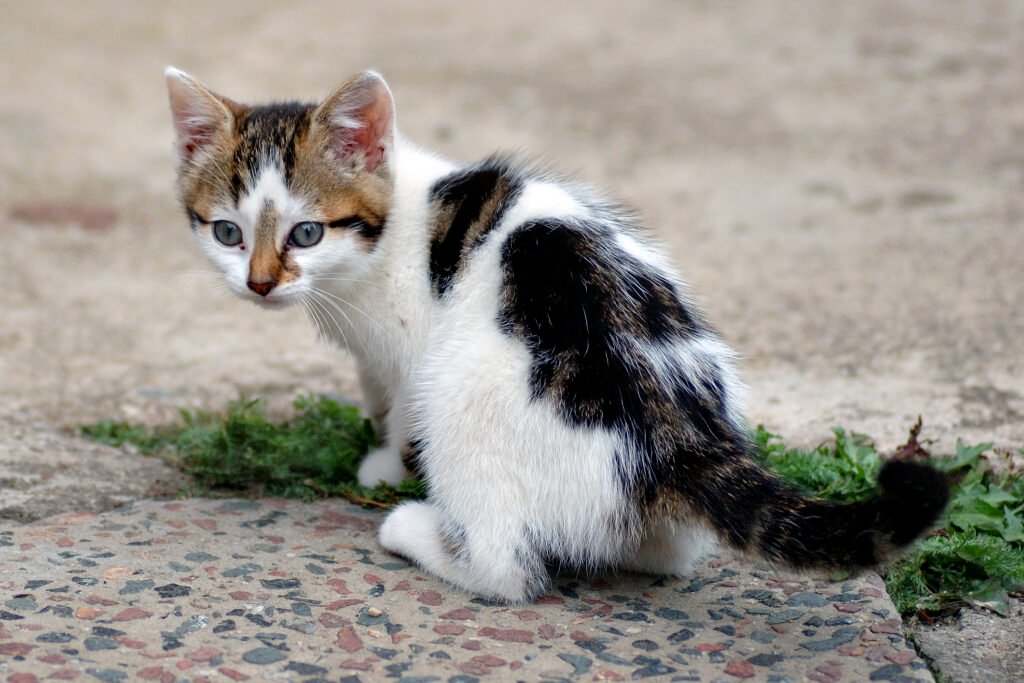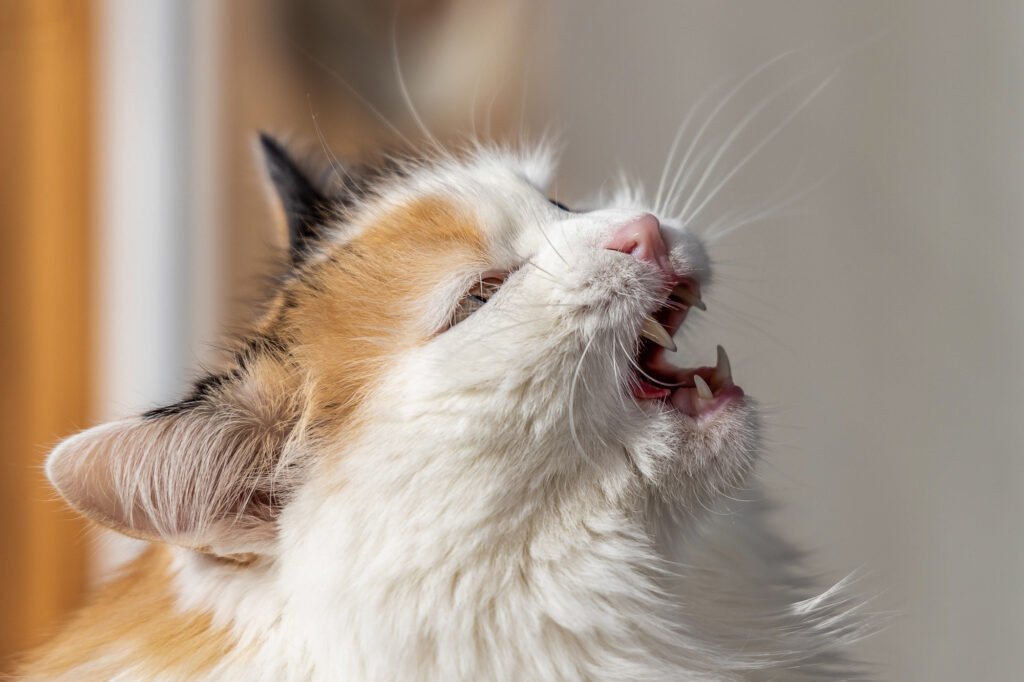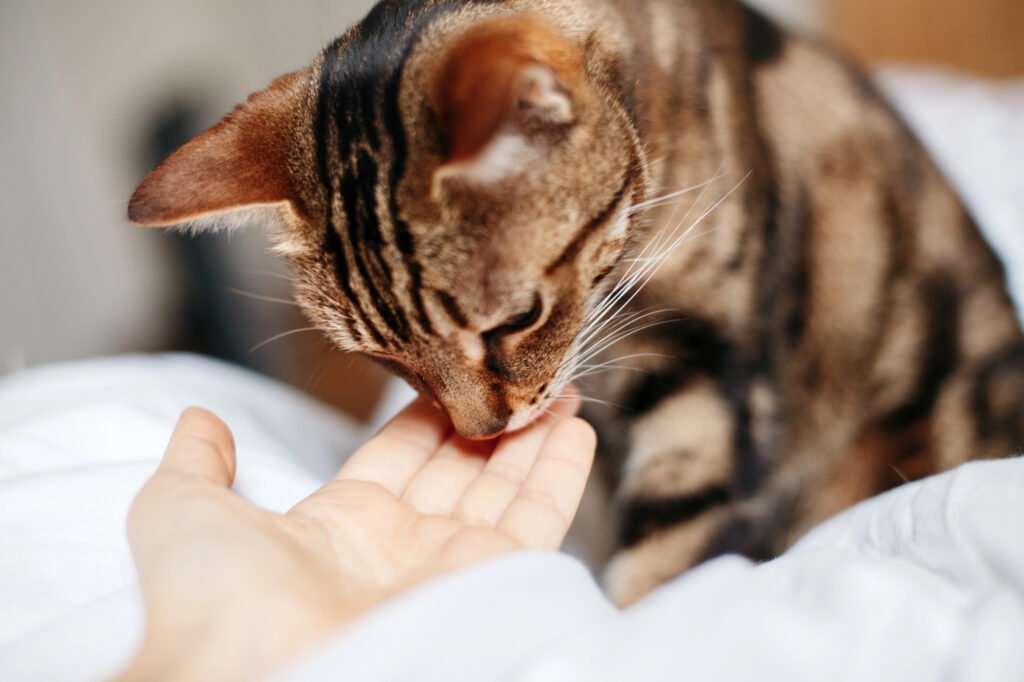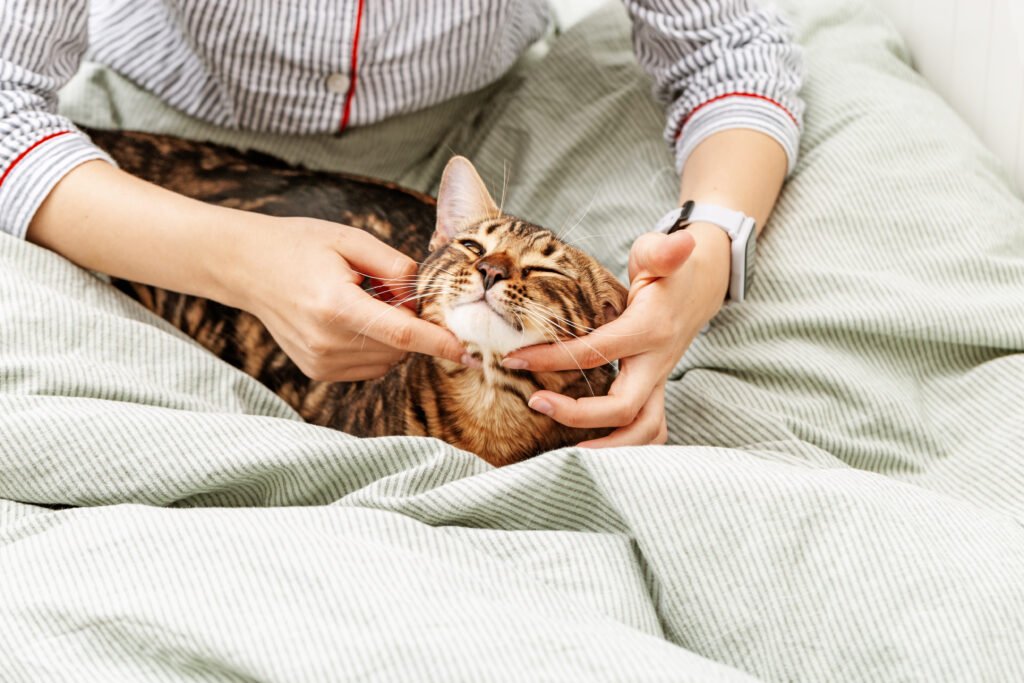Understanding Feline Communication

Feline communication is a fascinating subject, offering insights into the intricate ways cats interact with their environment and humans. Cats use a combination of vocalizations, body language, and behavior to convey messages. This communication is pivotal for understanding how cats recognize and respond to their names and other human vocal cues.
The Science Behind Name Recognition

Recent research has shed light on the ability of cats to recognize their names. A pivotal study conducted in 2019 by Atsuko Saito and colleagues from Sophia University in Japan demonstrated that cats can distinguish their names from similar-sounding words. This finding challenges the stereotype that cats are aloof or uninterested in human voices.
How Cats Differentiate Sounds

Cats possess a remarkable ability to discern slight variations in sounds. This auditory acuity allows them to recognize the unique combination of phonetic sounds that make up their names. Cats may associate these sounds with rewards or attention, reinforcing their recognition ability.
Associative Learning in Cats

Associative learning plays a vital role in how cats respond to their names. When a cat hears its name, it often anticipates a positive outcome, such as food, petting, or playtime. Over time, they associate their name with positive reinforcement, increasing the likelihood of them responding when called.
The Role of Tone and Pitch

The tone and pitch of a human voice significantly affect a cat’s response. Cats are more likely to respond to higher-pitched, gentle tones, which they associate with positive interactions. Conversely, harsh or loud tones may cause stress or anxiety, leading them to avoid responding.
Individual Variability in Response

Just as personalities vary among humans, so do they among cats. Some cats naturally respond more readily to their names and human voices, while others may be more reserved. This variability can be attributed to differences in temperament, past experiences, and even breed characteristics.
Enhancing Recognition Through Repetition

Consistent repetition and positive reinforcement are key to enhancing a cat’s ability to recognize and respond to its name. Frequent use of the cat’s name during interactions, paired with positive reinforcement, can strengthen their name recognition over time.
The Impact of Environment

A cat’s environment can influence its responsiveness. Cats living in calm, nurturing environments with ample human interaction are more likely to develop strong name recognition and responsive behaviors. In contrast, stressful or chaotic environments may hinder their ability to focus on human vocal cues.
Comparative Insights with Other Pets

While cats exhibit name recognition, their responses differ from those of dogs, who have been bred to follow human commands and engage more actively with people. Understanding these differences highlights the unique nature of feline communication and relationships with humans.
Practical Tips for Training Your Cat

If you’re keen on teaching your cat to recognize and respond to its name, patience and persistence are essential. Start with short training sessions in a quiet space, using their name in a positive tone. Always reward your cat with treats or affection when they respond, gradually enhancing the strength of the association.
Embracing Feline Nuances

Cats are elegantly complex creatures with unique ways of interacting with their human companions. By understanding their communication style, including how they recognize names and respond to voices, cat owners can deepen the bonds with their feline friends, appreciating the nuances that make each cat unique.

Suhail Ahmed is a passionate digital professional and nature enthusiast with over 8 years of experience in content strategy, SEO, web development, and digital operations. Alongside his freelance journey, Suhail actively contributes to nature and wildlife platforms like Feline Fam, where he channels his curiosity for the Feline into engaging, educational storytelling.
With a strong background in managing digital ecosystems — from ecommerce stores and WordPress websites to social media and automation — Suhail merges technical precision with creative insight. His content reflects a rare balance: SEO-friendly yet deeply human, data-informed yet emotionally resonant.
Driven by a love for discovery and storytelling, Suhail believes in using digital platforms to amplify causes that matter — especially those protecting Earth’s biodiversity and inspiring sustainable living. Whether he’s managing online projects or crafting wildlife content, his goal remains the same: to inform, inspire, and leave a positive digital footprint.






